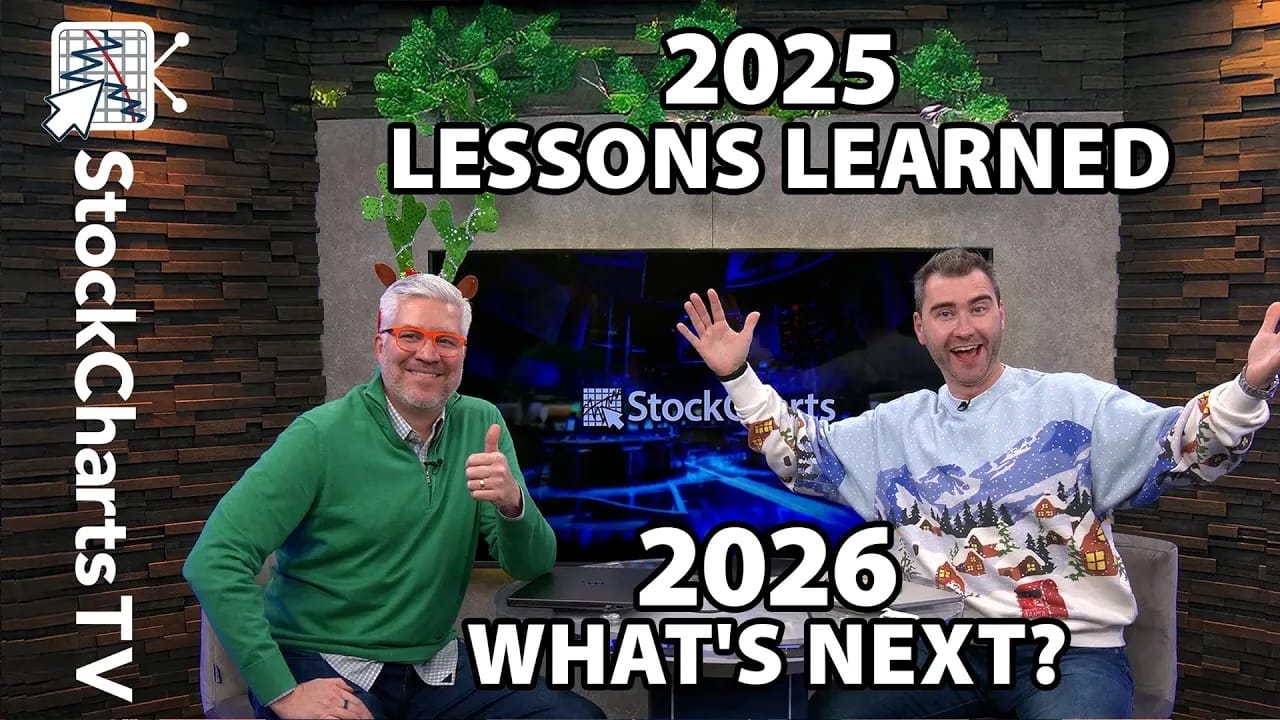DON'T CONFUSE SHORT-TERM BOUNCES WITH A MARKET BOTTOM -- RETAIL RALLY RUNS INTO SERIOUS RESISTANCE -- DOLLAR PULLBACK COULD PRODUCE SHORT-TERM ENERGY BOUNCE -- CONSUMER STAPLES CONTINUE TO OUTPERFORM CONSUMER DISCRETIONARY STOCKS
SHORT VERSUS LONG-TERM COMMENTARY... Some of our readers have expressed confusion about the tone of some recent messages. They feel we sound bullish one day and bearish the next. I think those readers are confusing short-term comments with our long-term view. On Monday, for example, I wrote about the strong market day following the government's takeover of Fannie Mae and Freddie Mac. I stressed, however, that no trend changes had taken place. The following day I took a longer-range view of things to re-emphasize that the bear market was still very much in force. Just because we describe the possiblity of a short-term bounce doesn't mean that we're turning bullish on the market. The same is true with market sectors. We've pointed out recent improvement in banks, homebuilders, retailers, and REITS. For the first time since the bear market began, those groups are displaying better relative strength. Some have even risen above their 200-day moving averages. Those signs of improvement, however, don't necessarily make for a market bottom. A market bottom won't be in place until most stocks start to move higher. That will be reflected by stronger action in the major market indexes.

Chart 1
RETAIL INDEX REACHES MAJOR RESISTANCE ... Retailers are a good example of a recent upturn that doesn't necessarily signal a major bottom. At least not yet. Chart 1 shows the S&P Retail Index (RLX) rallying off its July low. [Arthur Hill showed on Wednesday that falling oil prices had a lot to do with the retail bounce]. The RLX, however, has run into major overhead resistance marked by its early 2008 peaks and the July 2006 low. It has also regained 50% of its 2007-2008 decline which usually acts as a resistance barrier. That makes the area around 425 a potential resistance barrier. The good news is that the retail relative strength ratio (below chart) has reached a new yearly high. That's a sign of improvement. What the RLX does from here, however, will help determine if that improvement is only short-term in nature or something more lasting. My guess is that the RLX will start to weaken from the 425 area (which could coincide with an oversold bounce in oil).

Chart 2
ENERGY SECTOR MAY BE DUE FOR A BOUNCE ... Energy prices have been sliding since July. They may, however, be due for a bounce. The same is true with energy stocks. Chart 2 shows the Energy SPDR (XLE) trying to bounce off chart support formed during January. The 9-day RSI line also shows the XLE in the most oversold condition (below 30) since January. The XLE is still well below its moving average lines. But a bounce from here could lead to a similar bounce in crude oil which is also in a potential support zone. Chart 3 shows crude oil testing potential chart and trendline support at the $100 level. That's also a 50% loss from its 2007-2008 price rise. It's 9-day RSI line is the most oversold since January 2007. That doesn't mean that oil is ready to resume its uptrend from here (which I doubt). It may mean, however, that oil and oil stocks are due for a bounce. That may coincide with a pullback in the dollar.

Chart 3
OVERBOUGHT DOLLAR UP AGAINST RESISTANCE ... The US Dollar Index has risen sharply since July as most foreign currencies have tumbled. That has been the main reason behind the selloff in the commodities over the last two months. The weekly bars in Chart 5, however, show that the USD is in the most overbought territory (over 70) since mid-2005 and up against potential chart resistance near 80. That was the low formed at the start of 2005. Previous lows usually act as resistance on subsequent rallies. That suggests to me that the dollar rally is overdone and due for a pullback. That would give a short-term boost to oversold foreign currencies and oversold commodity markets.

Chart 4
CONSUMER STAPLES ARE STRONGEST SECTOR ... On Wednesday, Arthur Hill showed the Consumer Staples SPDR (XLP) trending higher while the Consumer Discretionary SPDR (XLY) is testing a resistance line extending back for a year. That makes economic sense. In an economic slowdown (and bear market), consumer staples are necessities that still have to be bought. Consumer discretionary stocks aren't. That makes staples the better bet. Another way to compare the two is with a relative strength ratio. Chart 8 plots the XLY/XLP ratio for the last year. The ratio started dropping last July as the market was starting to peak. That's when the rotation out of discretionary and into staples started. That was a bearish sign for the market. The modest bounce in the ratio since July remains below the 200-day average and hasn't dented the major downtrend. Until it does, we can assume that investors are still in a defensive mood and continue to favor staples over discretionary stocks.

Chart 5

Chart 6
THREE DEFENSIVE WINNERS ... Arthur Hill showed some consumer staple leaders at mid-week. I'd like to add Campbell Soup to the list. Chart 7 shows the stock hitting a new 52-week high. Its relative strength line is already at a new high. Medical stocks have also been doing well of late. Chart 8 shows Express Scripts climbing toward its yearly high after breaking above a bullish symmetrical triangle (a pattern that shows two converging trendlines). It's relative strength line is even stronger. Chart 9 shows Medco Health Solutions doing the same thing. MHS is breaking through the upper triangle line drawn over its 2008 highs. Its relative strength line has already hit a new high. If you're looking for somewhere to put some money in this market, consumer staples and healthcare are still the two safest places.

Chart 7

Chart 8

Chart 9
TECHNOLOGY WEAKNESS ... While some groups described above have shown short-term improvement, technology is acting as a drag on the market. Chart 10 shows the Nasdaq 100 Index dropping below its July low. Its relative strength line started falling a month ago. Weakness in large technology stocks is a minus for the market. So is the drop by the Semiconductor (SOX) Index to a new 52-week low (Chart 11). Technology needs a stronger chip group to support a rally. And the market needs more support from technology. Right now, it's not getting it.

Chart 10

Chart 11
S&P 500 REMAINS BELOW 200-DAY AVERAGE ... A Monday headline incorrectly read that the Dow and S&P 500 had regained their 200-day moving averages. The body of the text, however, gave the correct reading which was that the 50-day averages were breached, not the 200-day. [The S&P is now below both averages]. Chart 12 shows the S&P 500 managing a modest bounce off its July low. That continues the short-term trading range between support around 1200 and resistance just above 1300. The S&P would have to close above its August high to improve its "short-term" trend. The "long-term" trend, however, remains down. That's the more important of the two.

Chart 12










